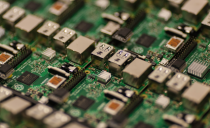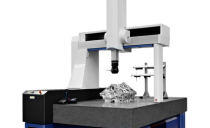Electronic and Measurement
CMM and Positioning Equipment
Saint-Gobain Performance Ceramics & Refractories has been a leading supplier of high quality silicon carbide components for measurement applications.
These include beams for the Z-axis and bridge of CMMs, and plates for the air-bearing stage of motion control equipment.
Electronics & Semiconductors
Electronics & Semiconductors
Description
From pacemakers to pain suppression devices, our ceramics enable fabrication of critical electronic components for the medical, sensor, and consumer ...
High Precision & Accuracy Measurement
High Precision & Accuracy Measurement
Description
Discover Saint-Gobain Performance Ceramics & Refractories’ extensive range of ceramics for metrology – structural components developed in partnership with ...

